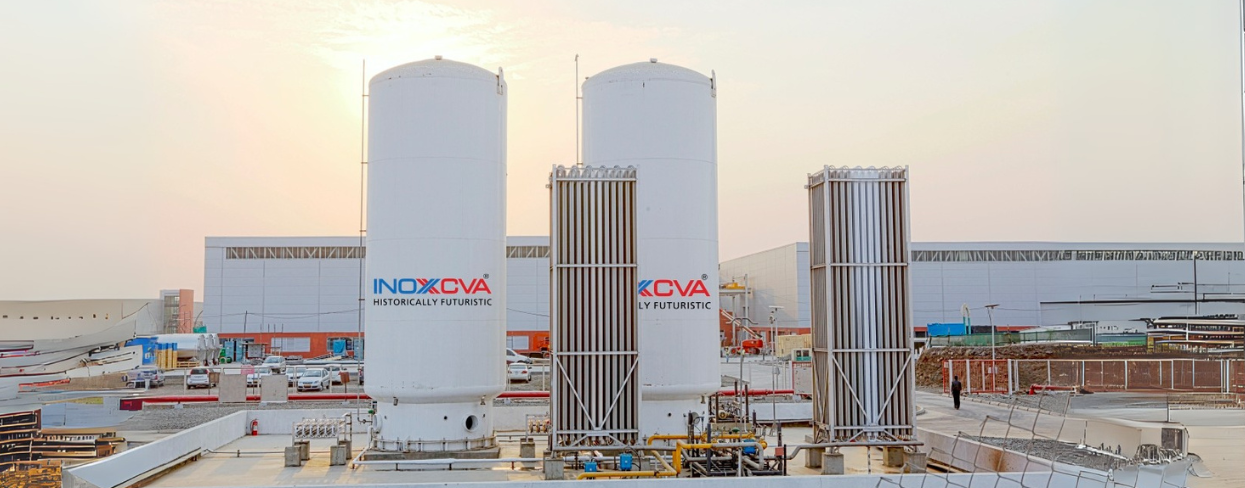Liquefied natural gas (LNG) is steadily becoming a major part of the global energy mix. With its clear advantages – it’s cleaner than other fossil fuels, available in abundance, and works well alongside renewables – LNG is helping bridge the gap in global energy needs, especially during peak demand.
So, what exactly is LNG, how is it used, and what’s the best way to store it safely and efficiently? Here’s a closer look.
What is LNG?
LNG is natural gas that’s been cooled down to a liquid state for easier storage and transport. This happens when the gas is brought to around -260°F, shrinking it to about 1/600th of its original volume. This compact form makes it far simpler to handle, especially over long distances where pipelines aren’t practical.
Why LNG Is Gaining Ground
There are a few strong reasons LNG is gaining popularity:
- It’s widely available and more evenly distributed across the globe than other fossil fuels
- It’s easier to store and move, making it useful when energy demand shifts
- It burns cleaner than coal or oil, making it a better environmental option
Where LNG Is Used
LNG is mainly used as an energy source. Its flexibility makes it suitable across sectors:
- Industry: Many manufacturing sectors use LNG to fuel production, from electronics and textiles to pharmaceuticals and plastics
- Transport: LNG is being explored as a cleaner alternative to diesel and petrol, especially for long-haul freight
- Residential heating: It helps meet sudden spikes in energy use
The Science Behind LNG Storage
To store LNG properly, heavily insulated cryogenic tanks are used. These aren’t your average storage containers – they’re engineered with double-walled construction and a vacuum-sealed gap in between. This design acts like a thermos, preventing outside heat from warming the LNG and keeping it in its liquid state.
Most LNG tanks operate at very low pressure (below 10 kPa) to minimize evaporation. But depending on the application, some tanks – especially smaller ones – can handle much higher pressures, ranging from under 50 kPa to over 1,700 kPa.
Different Sizes for Different Needs
LNG storage tanks come in all sizes:
Small-scale tanks (around 1,000 m³) are often used for industrial plants, fuelling stations, or transport. These can be installed vertically or horizontally, depending on space constraints.
Large-scale tanks (up to 30,000 m³ or more) are typically massive cylindrical structures with domed roofs, commonly seen at import/export terminals.
Built to Last – and Stay Safe
Safety is non-negotiable with LNG storage. Modern tanks often include:
- High-nickel steel inner walls to withstand ultra-low temperatures.
- Reinforced concrete outer shells for structural integrity and added protection.
- Advanced monitoring systems to detect leaks or pressure changes.
Why LNG Storage Matters More Than Ever
As the world shifts toward cleaner energy, LNG is playing a bigger role in power generation, transportation, and industrial use. But none of that would be possible without reliable storage solutions that keep LNG stable, efficient, and most importantly safe.
Whether it’s a small tank fuelling a fleet of trucks or a massive terminal supplying gas to entire cities, proper LNG storage ensures this vital fuel is ready when and where it’s needed.
INOXCVA’s Role in LNG
INOXCVA has built a solid reputation in the cryogenic space by focusing on what really matters – safety, performance, and reliability. With years of experience in designing and building equipment for liquefied natural gas (LNG), the company now plays a major role in how industries store and move LNG safely around the world. They offer a wide range of vacuum-insulated equipment designed to keep LNG stable at extremely low temperatures. Their systems are engineered to minimise losses and ensure smooth handling across storage and transport.
What really sets INOXCVA apart is its ability to deliver complete, ready-to-use solutions. From the early design stages to the final setup, they take care of everything. Whether it’s LNG storage tanks, transport trailers, or IMO-certified containers, they make sure every product fits seamlessly into the client’s operations. They’ve also developed trailer fill systems that make fuel transfer from storage tanks faster and easier. These setups come with integrated controls and can be customised with extra meters or valves based on operational needs.
INOXCVA’s consistent focus on performance and innovation makes them a dependable choice for companies looking to expand into cleaner, gas-based energy solutions.

